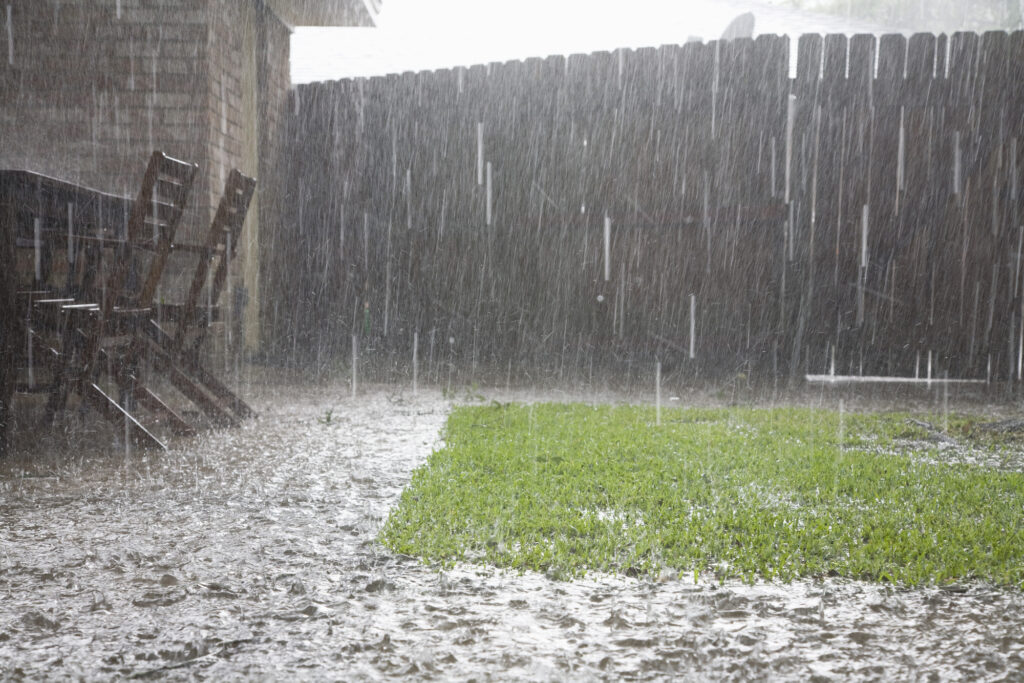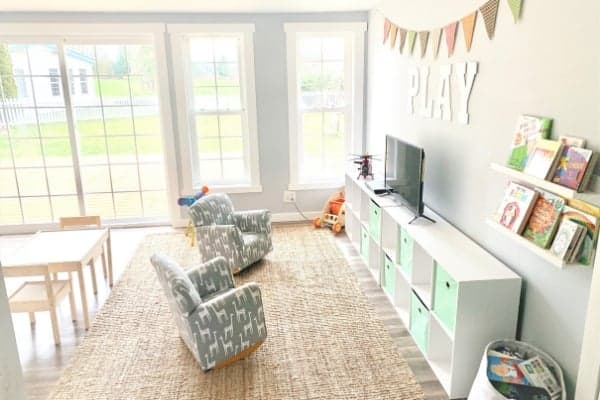As extreme weather events become increasingly frequent, the need for robust storm shelters has never been greater. These protective structures have transformed from rare features in homes or community spaces to necessities in areas prone to severe weather phenomena. The traditional notion of a storm shelter has expanded to accommodate modern needs and technological advancements, making them more accessible and effective in safeguarding lives. This global shift towards preparedness emphasizes the value of integrating affordable storm shelters into homes and public infrastructures. These shelters offer safety nets that minimize storm casualties and ensure communities remain resilient in natural disasters. Through continuous innovation and public awareness, these structures play a pivotal role in modern safety planning, establishing themselves as a cornerstone of crisis management strategies. As climate change intensifies weather unpredictability, proactive planning becomes essential for survival and recovery. Governments and organizations are now incentivizing storm shelter installations through grants and building codes to promote widespread adoption. In turn, architects and engineers are designing structurally sound, comfortable, and psychologically supportive shelters during emergencies.
Critical Design Elements
The success of a storm shelter hinges on its design, which must balance strength, accessibility, and adaptability. The shelter must withstand extreme forces from an engineering standpoint, integrating high-performance materials and design elements that maximize resistance against winds, debris, and flooding. The challenge lies in creating a structure that remains both functional and accessible, accommodating diverse users, including those with mobility challenges. Essential to this task is adherence to rigorous safety regulations, such as those delineated in the International Code Council’s Guidelines, which provide a comprehensive framework to ensure shelters meet high safety standards. These guidelines underscore a commitment to public safety, urging builders and designers to harmonize their approaches to create spaces that are as sturdy as they are inclusive. By setting these standards, the industry can consistently produce shelters that offer reliable protection and foster inclusivity by permitting easy access and use by all potential occupants.
Material Innovations in Storm Shelters
Material science innovations have revolutionized storm shelter construction, enhancing their resilience and effectiveness. Traditional materials have given way to modern composites engineered for maximum strength and durability. High-strength concrete and steel, often reinforced with advanced polymers, provide formidable barriers against natural forces. These advanced materials significantly increase the shelter’s lifespan and offer better resistance to environmental degradation over time. Beyond durability, they allow for more flexible designs, creating shelters that blend seamlessly with residential or community landscapes while upholding strict safety criteria. This evolution in materials has the dual benefit of lowering long-term maintenance costs and expanding accessibility, as more families and communities can now afford to invest in these life-saving structures. The push towards affordable, durable shelters represents a significant stride in disaster preparedness, highlighting a commitment to leveraging technology for public safety. As research progresses, further innovations are expected to optimize the balance between cost and efficiency, ensuring these shelters remain essential in safeguarding against extreme weather.
Types of Storm Shelters
When considering the installation of storm shelters, it is essential to assess the variety that best suits specific needs and constraints, be they physical, financial, or geographic. Underground shelters are often considered the gold protection standard, offering a sanctum beneath the earth’s surface that inherently shields against wind and debris. However, their implementation can be costly and is often dictated by soil type and water table considerations, which may limit their feasibility in certain regions. Above-ground shelters, in contrast, have surged in popularity due to their resilience paired with convenient accessibility, often built into home additions or separate structures nearby, providing immediate refuge. For wider community use, shared shelters can provide sanctuary for large groups, doubling as community centers or public amenities in calmer times. These shelters’ strategic placement and design ensure they are easily accessible in times of need and complement community planning, reflecting a nuanced approach to integrating safety into daily life. These options demonstrate the adaptability of storm shelters to meet diverse needs, emphasizing the critical nature of informed choices about design and implementation.
Technological Advancements in Safety Features
The technological revolution has left its mark on storm shelter design, integrating sophisticated safety and monitoring systems that offer enhanced protection. Automated locking systems ensure that once shelters are closed, they remain secure against external threats, eliminating potential vulnerabilities. Equally significant are advancements in air purification technology, which protect occupants from airborne threats, ensuring that the shelter remains safe over extended periods. Smart sensors and real-time monitoring systems have transformed storm shelters from passive safe zones into interactive environments capable of remotely reporting air quality, structural integrity, and occupancy information to owners. These digital enhancements inform real-time decisions and foster peace of mind, transforming the storm shelter from a rudimentary box into a sophisticated, responsive haven. Insights from research conducted by institutes like the National Institute of Standards and Technology continue to propel these technological advancements, underpinning their application with scientific rigor and pushing the boundaries of what’s possible in storm shelter technology. As innovations evolve, integrating cutting-edge technology into storm shelters represents a paradigm shift in safeguarding human life during adverse weather conditions.
Customization and Personalization
Today’s storm shelters are more than mere protective enclosures; they are personalized spaces designed to offer comfort alongside security. This customization trend reflects a broader societal shift toward personalizing all aspects of living, adapting shelters to individual preferences and specific family or community needs. Customization might involve designing ergonomic interiors with comfortable seating and efficient storage solutions for essentials, reflective of a home environment rather than an impersonal space. Installing entertainment systems or connectivity tools can help maintain morale during extended stays, transforming the shelter experience from a stark necessity to a more livable and supportive environment. The emphasis on personalization enhances psychological resilience during crises and ensures that these shelters support mental well-being, providing a familiar touch in unfamiliar circumstances. As personalization gains traction, we will likely see continued innovation aimed at making storm shelters more than mere sanctuaries—integrating them as comforting extensions of our homes and communities, maintaining high safety standards without sacrificing the comforts we cherish. This evolution in storm shelter design also opens the door for inclusive features, such as accessibility modifications for elderly family members or individuals with disabilities. Custom aesthetics—like wall colors, lighting, and décor—can also play a role in creating a calming and reassuring environment. As technology advances, we may even see integration with smart home systems, allowing users to monitor weather alerts, power usage, and communication tools from within the shelter.
Real-Life Examples
The value of storm shelters is vividly illustrated through countless real-life accounts of resilience and survival. Across the globe, stories emerge of families and communities weathering the fiercest storms by taking refuge in these life-saving structures. These personal narratives provide a powerful testament to the difference well-designed shelters can make, preventing loss and trauma when nature’s fury strikes. Community initiatives often spotlight these success stories, using them as educational tools and rallying points for further investment in public safety infrastructure. Powerful imagery and testimonials from those directly affected elevate the discourse on the importance of storm shelters, transforming abstract concepts of safety into tangible life-saving decisions. Beyond individual experiences, long-term studies of wide-scale adoption of shelter practices in storm-prone areas highlight reduced casualty rates and faster community recovery post-disaster. These stories reinforce the notion that investing in storm shelters isn’t just about compliance with safety standards—it’s about embracing a culture of preparedness that prioritizes human life. These benefits underscore the broader call to action for governments, organizations, and individuals to continue prioritizing and advocating for accessible, effective storm shelter solutions in their disaster preparedness plans.
Conclusion
The increasing frequency and intensity of weather-related disasters demand a proactive approach to safety and disaster preparedness. Storm shelters are crucial to this approach, blending traditional design insights with modern technological advancements to offer unmatched protection. These structures are not merely reactive measures but proactive investments in safety and resilience, empowering communities to withstand nature’s extremes. By marrying cutting-edge material science and engineering with user-friendly designs and technological enhancements, storm shelters continue to evolve into comprehensive safe havens that cater to diverse needs. The commitment to safe, accessible, and affordable shelter solutions marks an essential step toward a more disaster-resilient future. Encouragingly, as awareness and advocacy grow, so does the potential for innovation in this vital field, ensuring that preparedness becomes an ingrained value rather than a reactive necessity. Ultimately, investing in storm shelters is a testament to our collective resolve to protect our communities and safeguard future generations from the unpredictability of nature.





